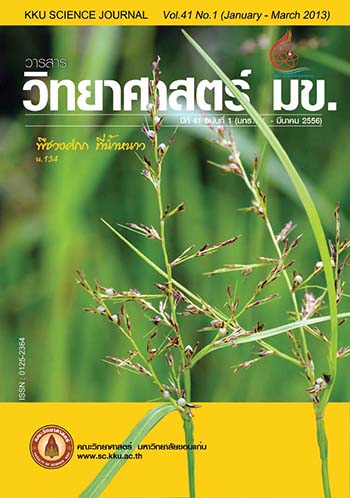Green Tea Catechins and Storage Stability
Main Article Content
Abstract
Fresh tea leaves are processed differently to produce green, oolong, and black teas. Green tea is a non-fermented tea. Oolong tea is semi-fermented to permit a partially enzymatic oxidation, whereas black tea is a completely enzymatic oxidation. Among 3 types of teas, scientific evidences to support the health benefits of green tea consumption begin to appear. This might be due to the fact that green tea contains catechins which have anti-oxidative, anticarcinogenic, anti-microbial, anti-viral, anti-inflammatory and anti-diabetic properties. Owing to the health benefits, green tea consumption is increasing, which is reflected by the increasing annual growth of its consumption. Unfortunately, the level of green tea catechins can be reduced as a result of degradation, epimerization, oxidation and polymerization during long-term storage as influenced by pH, temperature, oxygen availability, the presence of metal ions, and also other ingredients in products. A better understanding of storage effect on catechin stability of commercial products is important. It would suggest good preservation methods for maintenance of high quality products as of high health benefits to consumers. The present review summarizes the finding of catechins and its storage stability.
Article Details

This work is licensed under a Creative Commons Attribution-NonCommercial-NoDerivatives 4.0 International License.


